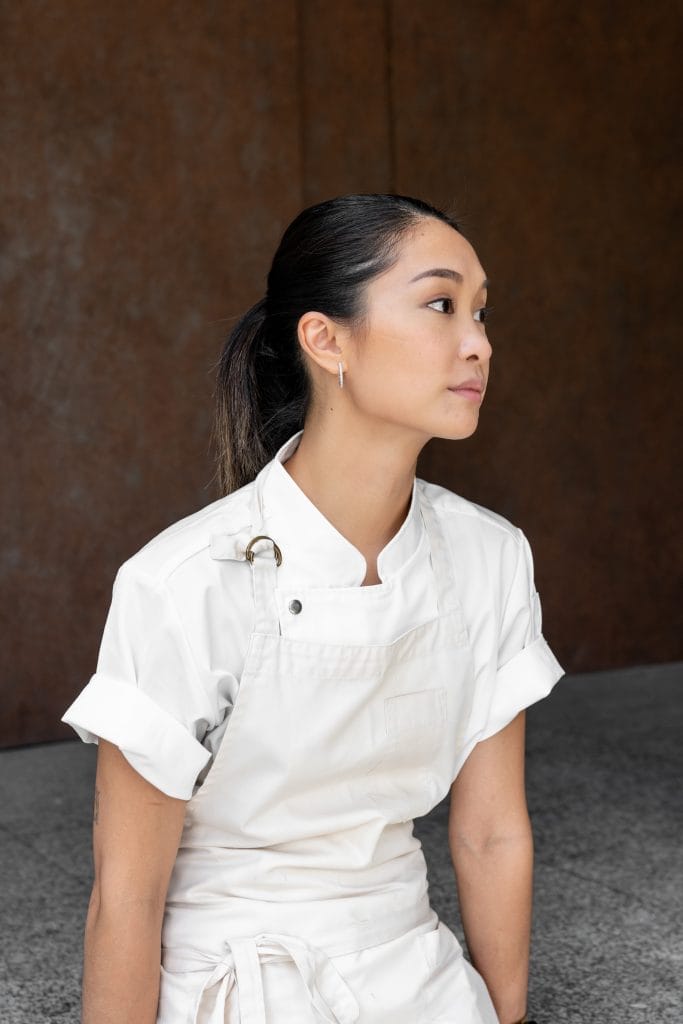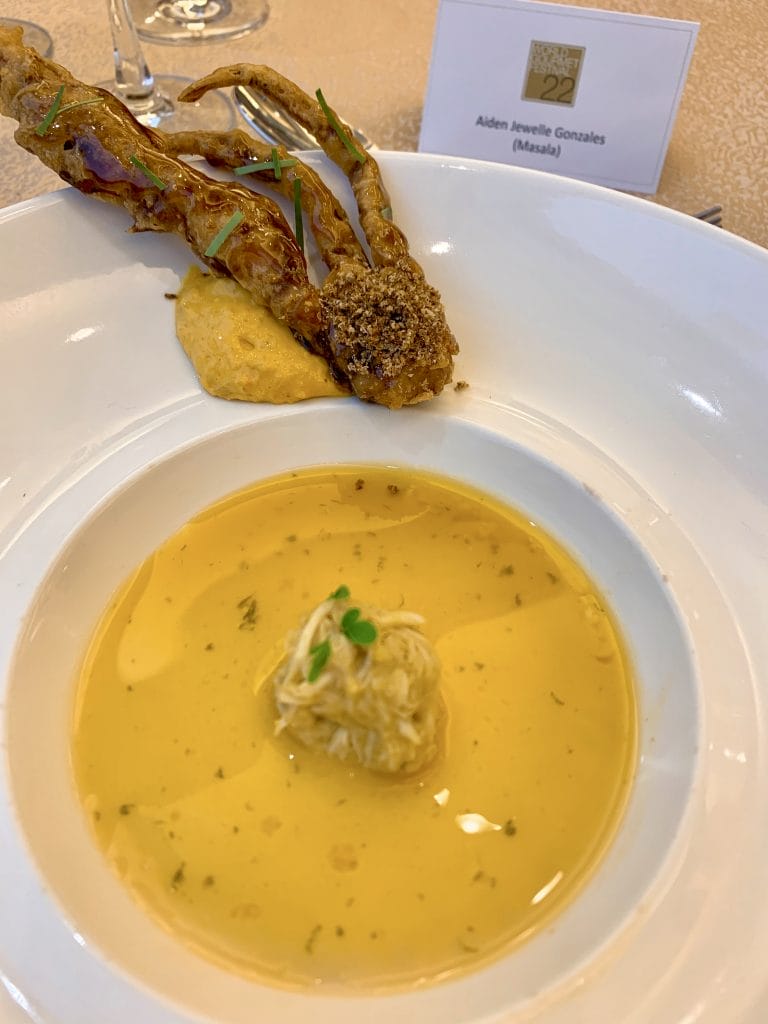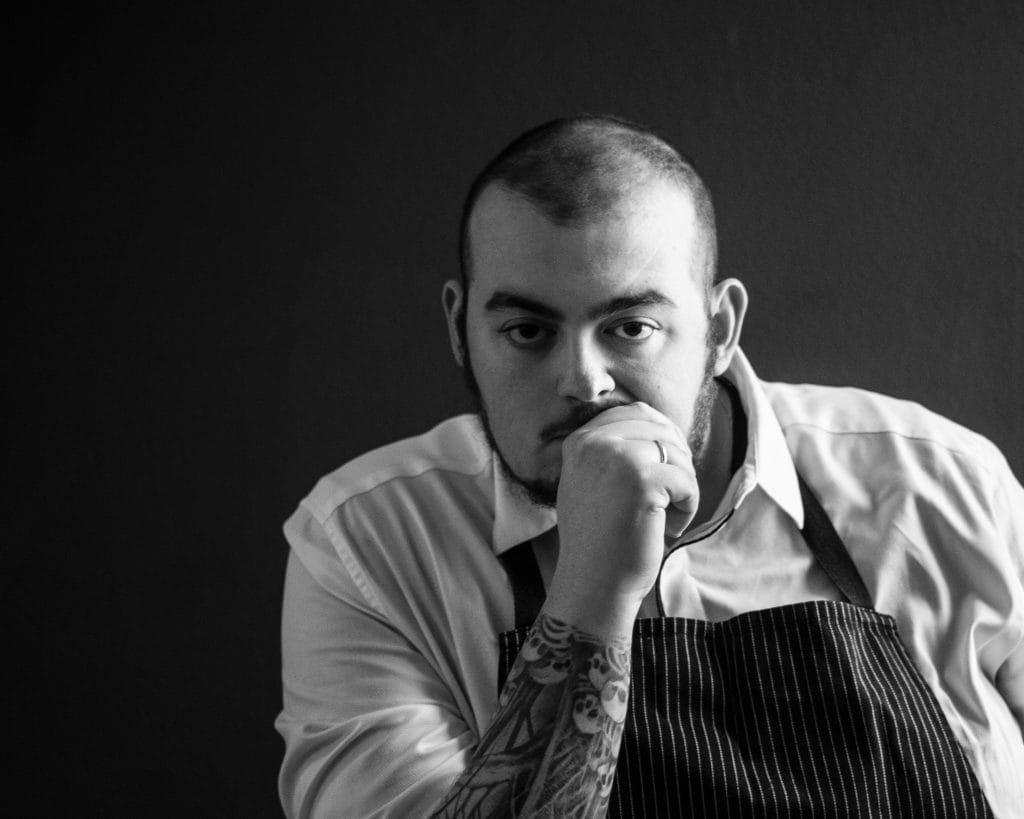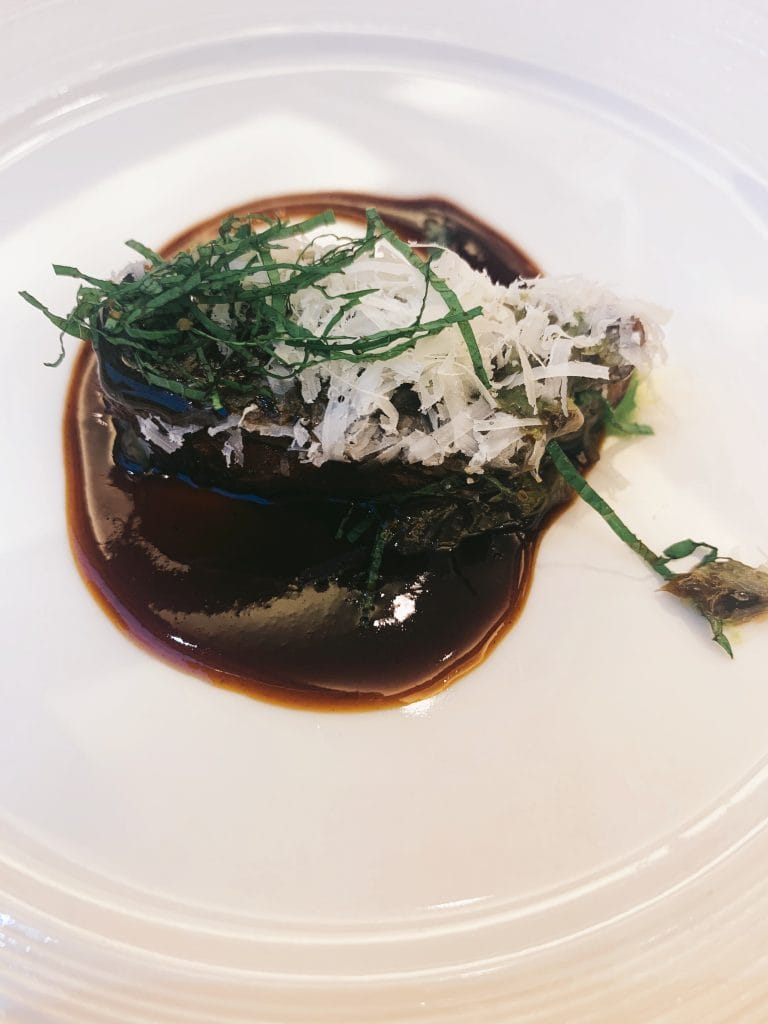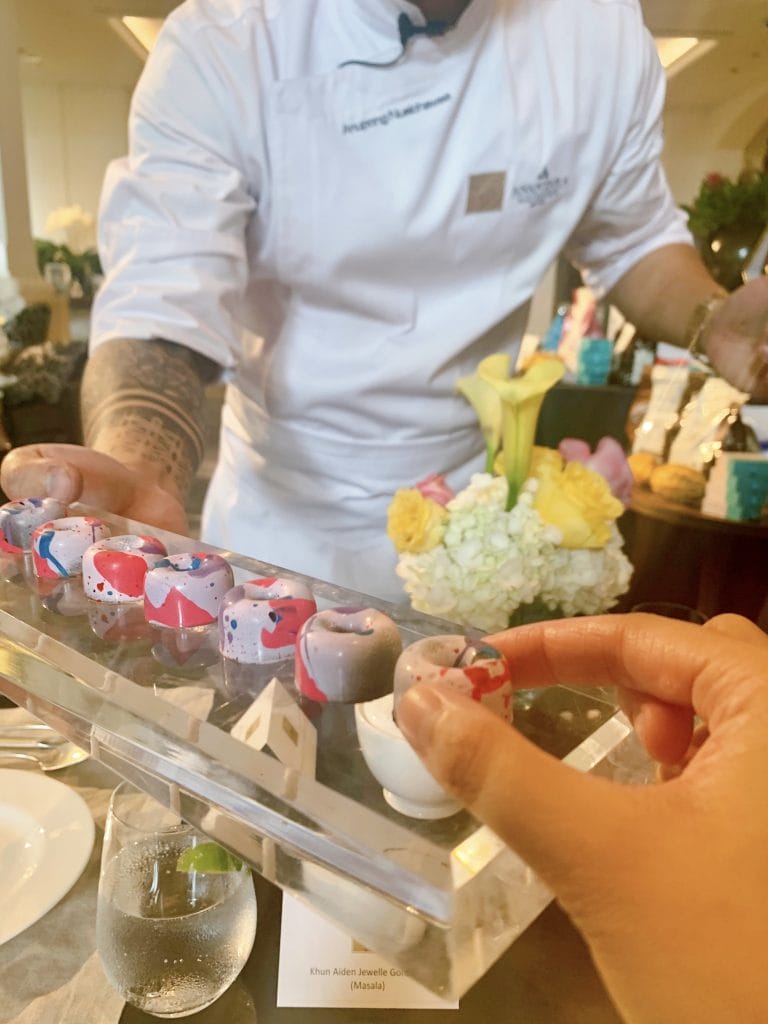Behind the curtains of the culinary event of the year!
By Aiden Jewelle Gonzales
As a foodie and aspiring culinary connoisseur, I was thrilled when I heard that Bangkok’s longest-running and most renowned international culinary event, the World Gourmet Festival, was returning for its 22nd edition this year. This time at the luxe Anantara Siam Bangkok Hotel, the festival gathers together under one roof world-renowned Master Chefs from around the world, many of them Michelin-starred. The week-long extravaganza is often referred to as the “gastronomic event of the year,” and this year’s edition was no exception.
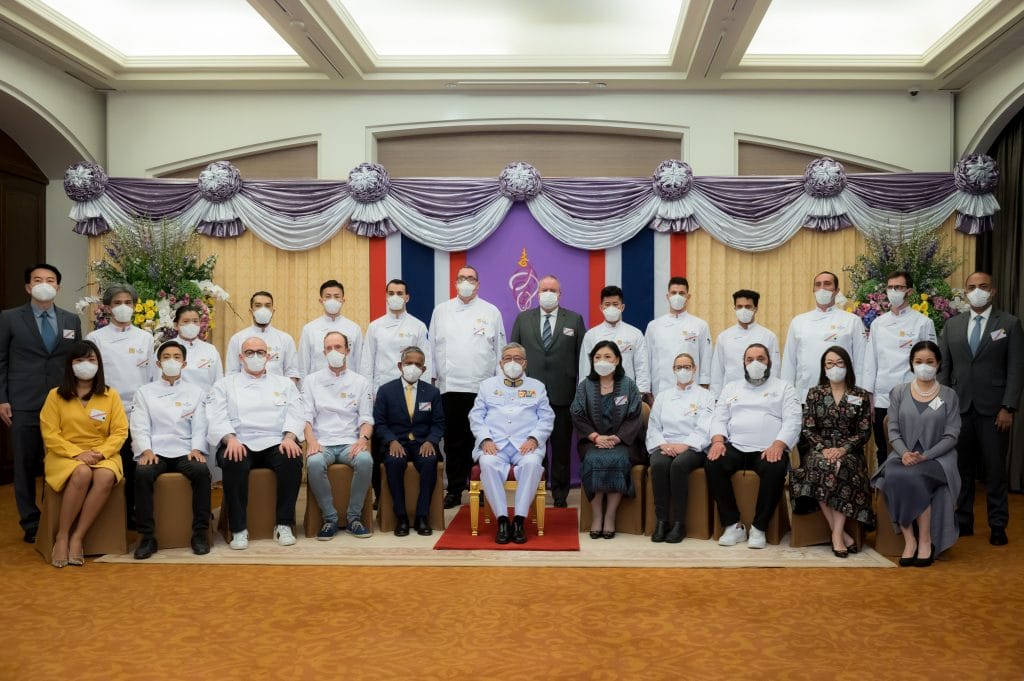
The festival ran from 6-11 September, and was able to raise a substantial amount for charity, with the proceeds going to the Foundation for the Welfare of Rajavithi-Girls’ Home Under the Patronage of Her Royal Highness Princess Soamsawali. The event kicked off with a glamorous gala presided over by His Serene Highness Prince Ticomporn Yugala representing Her Royal Highness Princess Soamsawali Krom Muen Suddhanarinatha, that gave guests a taste of what they could expect in the days to come. The week also featured numerous master classes from culinary greats, and this year’s impressive line-up consisted of an array of local celebrity chefs, in deference to the travel industry’s slow but steady recovery in the wake of the pandemic, and a few who flew in from the Netherlands, France, Italy, and the United Kingdom:
- Peter Gast: Graphite in Amsterdam, Netherlands (1 Michelin star)
- Davide Caranchini: Materia in Como, Italy (1 Michelin star)
- Nicolas Isnard: Auberge de la Charme in Prenois, France (1 Michelin star)
- Amerigo Sesti: J’AIME by Jean-Michel Lorain in Bangkok, Thailand (1 Michelin star)
- Christian Martena: Clara in Bangkok, Thailand
- Sugio Yamaguchi: Botanique in Paris, France
- Chudaree “Tam” Debhakam: Baan Tepa in Bangkok, Thailand
- Claire Clark: Pretty Sweet in London, the United Kingdom
- Sutakon Suwannachot: Chocolatier Boutique Café in Bangkok, Thailand
On 10 September, Masala was given a chance to attend a few of the Master Classes, held by Chef Chudaree “Tam” Debhakam, Chef Davide Caranchini, and even Anantara Siam Bangkok’s own Chef Anupong Nualchawee.
Chef Tam, a young and dynamic woman who went to The International Culinary Center in New York, began her master class, “Crab Crab Crab” with an ease of manner and charm that I would have expected from someone with decades more under her belt. With an oeuvre that focuses on sustainability and traditional methods, Chef Tam holds the accolade of the youngest chef to compete in Top Chef Thailand, and it’s easy to see why.
Her dish, which comprised of a blue crab custard; a vinaigrette using local citrus fruits; soft-shelled crab; and her own homemade bamboo aioli; was one of her signature creations, and she walked us through every step of the process, starting with making her own aioli sauce. Drawing from the flavours of the Thai gaeng lueang (as it’s called in Central Thailand) or gaeng som as it’s called in the North, the deceptively simple sauce uses turmeric, small bird’s eye chillies (roasted to release their flavours), shrimp paste (gapi), Thai garlic, fermented bamboo using rice water, and, Chef Tam’s own special twist, lemongrass.
Her special tip: “start with the driest ingredient then work your way up,” and this is what she did, crushing the bird’s eye chillies the traditional way, with a pestle and mortar. “It’s always a work out,” she tells us with a laugh, explaining that the traditional method releases flavours in a different than when just using a knife, therefore adding a unique energy to the dish.
While the ingredients were resting, Chef Tam taught us how to butcher a soft-shelled crab, which began with the gills. She emphasised that the crab had to be dried first, preferably in the fridge, to get excess moisture off and to ensure that it’s extra crispy when it’s battered and fried.
The glaze was made using nam poo or crab paste, a midnight-black lump comprised of pounded and cooked black crab that smelled idiosyncratic and tasted of, according to Chef Tam, “funky nuances.” The dish, she went on to explain, is a study in contrasts: the darkness of the poo offsets the brightness of the garlic, while the sourness of the tamarind contrasts with the creaminess and umami-elements of the crab fat (om poo).
The final dish was a truly indulgent epicurean experience – they advised that we start with the custard, a different take on a Japanese chawanmushi, and the acidity of the citrus vinaigrette was the perfect accompaniment to the rich blue crab meat. As advertised, the soft-shelled crab was full of crunch, while the aioli had the kick of heat that all of us who grew up in Thailand were looking for. “We really give importance to traditional methods, and try to balance that and contemporary sensibilities,” according to Chef Tam, and this dish was the perfect encapsulation of that vision.
The next master class, by Chef Davide Caranchini, started with a surprisingly philosophical introduction to the culinary mission of his restaurant, Materia, which is in the stunning Lake Como district in Italy. “We use the usual combinations of flavour that we use in Italy but in a new, different way,” he told us. “Everything begins with our heritage in Lake Como.”
His signature dish which he walked us through with much aplomb, was a scrumptious preparation of lamb, with artichoke sauce and pecorino cheese. “Some people call our dishes avant-garde but I don’t like labels,” Chef Davide revealed as he talked us through his techniques. “but if anything, we’ve always been an avant-garde of thought and mind.” He explained that the techniques used were not simply for the sake of being cutting edge, but to achieve tastes and textures that would not otherwise be possible.
He started by teaching us how to remove the meat from the lamb saddle – a pro tip was to follow the bones of the lamb to avoid leftovers. He emphasised his restaurant’s commitment to avoiding food waste – for example, in the case of this dish, everything that wasn’t used would be incorporated into the sauce.
The artichoke reduction was a revelation, taking 10 kilos and four days to extract enough essence from the artichokes as possible. Using only 100 percent artichoke, the emphasis of the sauce is the bitterness of the vegetable because, as Chef Davide explained to us, Italian cuisine comprises, and elevates, a lot of bitter flavours – in Aperol spritzes, rocket salads, etc. We even had a chance to sample the vegetable raw – an acquired taste, to be sure.
Finally, the meat was baked in 200 degrees for a few minutes before it was cooked, a technique to ensure that it is prepared to perfection. “When you cook meat, there is a reaction, and the juices will go towards the centre of the meat, leaving you with brown crust, grey meat, and a red centre,” Chef Davide explains. “You have to rest the meat after cooking, and when it relaxes, that is how you get the perfectly-cooked cut with brown crust and pink meat.”
Once I was able to taste the dish that he had waxed eloquent about, I can definitely agree that it was worth every accolade – the tender lamb’s juices matched the dark bitterness of the artichoke while the cheese offset both, creating a melt-in-your-mouth morsel that we couldn’t get enough of.
“Our dishes are presented simply so you always understand what you’re eating, but when you eat it, you understand instantly that there is a lot of complexity in the dish,” Chef Davide told us, and I couldn’t agree more.
Finally, I sat in on a chocolate bon bon master class by Anantara Siam’s very own Chef Anupong Nualchawee. With plenty of wit and charm, he taught us the precise art of tempering chocolate, while making the hotel’s innovative and colourful sweets that can be bought from their in-house bakery.
Overall, the experience was definitely one that was not-to-be-missed, and I know that I’m waiting with bated breath and with a ready palate for the next edition, which is sure to be bigger and better.
Anantara Siam Bangkok Hotel’s 22nd World Gourmet Festival is sponsored by Citibank N.A. and the Tourism Authority of Thailand, with the support of official media partners – Prestige Thailand and HELLO! Thailand.
www.WorldGourmetFestival.asia



